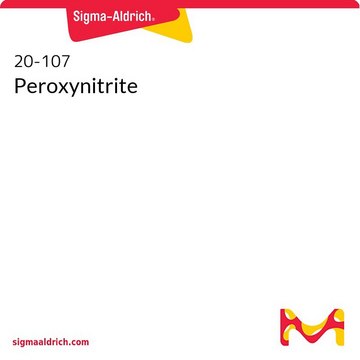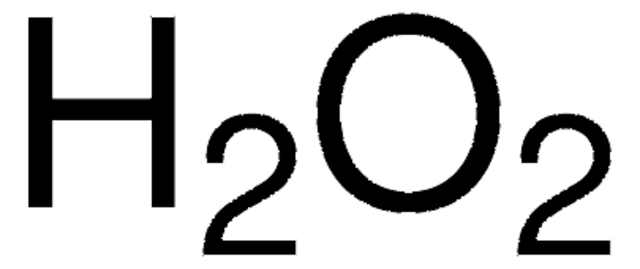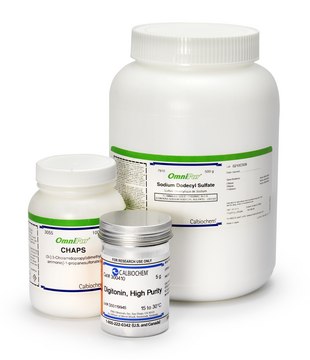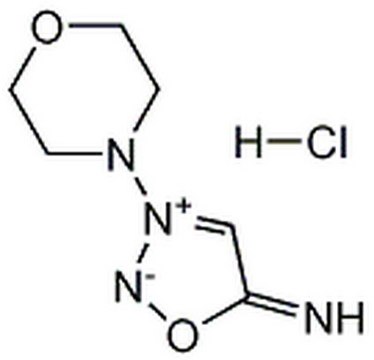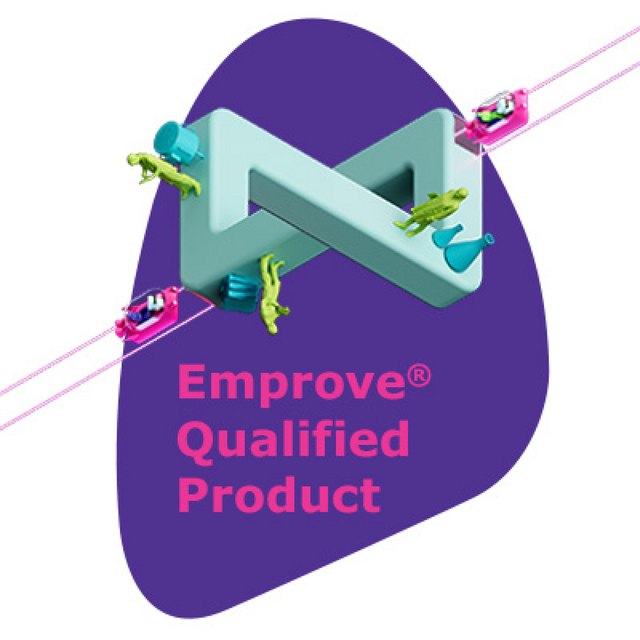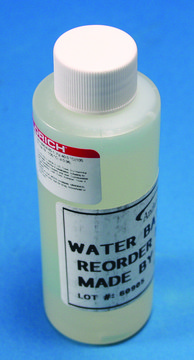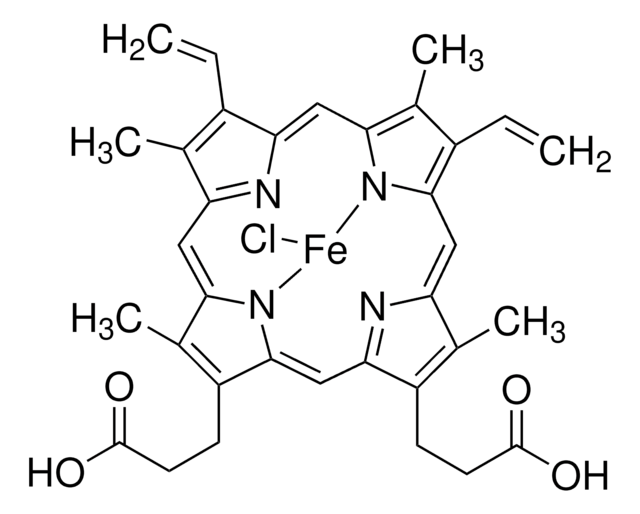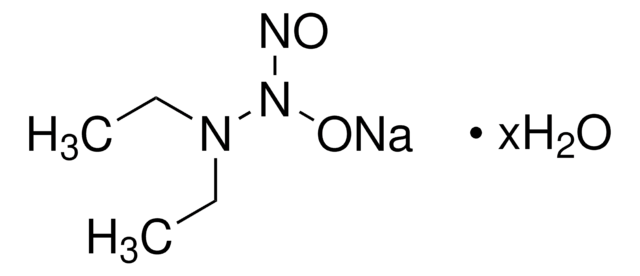Recommended Products
form
liquid
Quality Level
manufacturer/tradename
Upstate®
technique(s)
nitration: suitable
shipped in
dry ice
Application
Research Category
Neuroscience
Neuroscience
Research Sub Category
Neurodegenerative Diseases
Neurodegenerative Diseases
Quality
Routinely evaluated by treatment of non-stimulated A431 cells with degraded peroxynitrite; subsequent lack of positive staining was detected with anti-nitrotyrosine antibody (06-284).
Physical form
Degraded peroxynitrite (50-100mM); solution containing approximately 255mM H2O2, 0.18M NaOH, 0.23M NaCl, 23mM NaNO3 and 20mM NaNO2.
Storage and Stability
1 year at -70°C
Legal Information
UPSTATE is a registered trademark of Merck KGaA, Darmstadt, Germany
Disclaimer
Unless otherwise stated in our catalog or other company documentation accompanying the product(s), our products are intended for research use only and are not to be used for any other purpose, which includes but is not limited to, unauthorized commercial uses, in vitro diagnostic uses, ex vivo or in vivo therapeutic uses or any type of consumption or application to humans or animals.
Signal Word
Warning
Hazard Statements
Precautionary Statements
Hazard Classifications
Eye Irrit. 2 - Met. Corr. 1 - Skin Irrit. 2
Storage Class Code
5.1B - Oxidizing hazardous materials
WGK
WGK 2
Flash Point(F)
Not applicable
Flash Point(C)
Not applicable
Certificates of Analysis (COA)
Search for Certificates of Analysis (COA) by entering the products Lot/Batch Number. Lot and Batch Numbers can be found on a product’s label following the words ‘Lot’ or ‘Batch’.
Already Own This Product?
Find documentation for the products that you have recently purchased in the Document Library.
Pathological implications of nitric oxide, superoxide and peroxynitrite formation.
Beckman, J S and Crow, J P
Biochemical Society Transactions, 21, 330-334 (1993)
Oxidative chemistry of peroxynitrite.
Beckman, J S, et al.
Test, 233, 229-240 (1994)
James Murray et al.
The Journal of biological chemistry, 278(39), 37223-37230 (2003-07-15)
There is growing evidence that oxidative phosphorylation (OXPHOS) generates reactive oxygen and nitrogen species within mitochondria as unwanted byproducts that can damage OXPHOS enzymes with subsequent enhancement of free radical production. The accumulation of this oxidative damage to mitochondria in
Our team of scientists has experience in all areas of research including Life Science, Material Science, Chemical Synthesis, Chromatography, Analytical and many others.
Contact Technical Service
